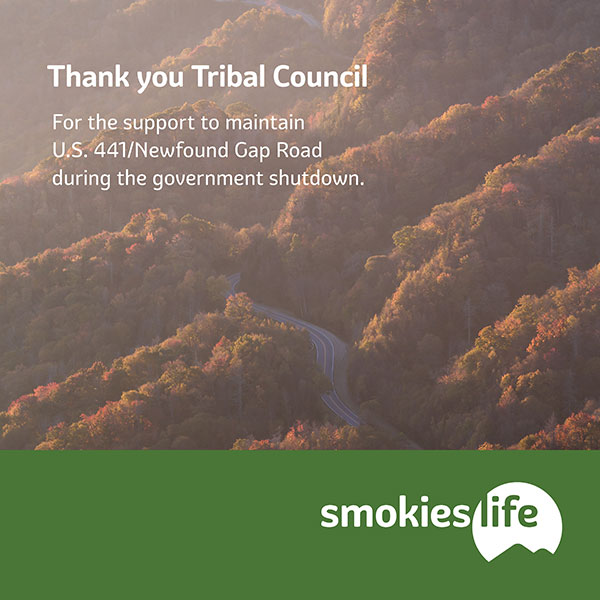Transcribed by Robert Jumper
Principal Chief Richard Sneed is presenting video chats with key guest speakers who work in different areas of tribal government and life. These videos are available via Chief Sneed’s Facebook page. The following transcribed edition is being made available to our readers with permission.
Chief Sneed: I have with me today Secretary of the Treasury Mr. Cory Blankenship. Today we are going to talk about CARES Act funding that the tribe received. We’re going to give a breakdown of the programs that we rolled out over the course of the last year. Can you maybe give us a brief overview?
Secretary Blankenship: Thinking about the CARES Act funding that was available from the federal government to tribal nations, there’s actually two sources of revenue that we were eligible for. One is a direct allocation of CARES Act funding that came directly from the United States Department of Treasury and the second allocations came through various federal agencies based on existing funding formulas; maybe competitive grant awards or things that we have done in the past with those agencies where they could fund our efforts directly in response to COVID-19. The other thing to keep in mind is that we had a large sum of money (over $60 million) that was allocated to the Eastern Band in a very short window in which Treasury was telling us you have to expend those funds. The original deadline was by 12-30-2020. End of December we had to have all of those funds expended and so what we did was looked at existing assistance programs where the tribe had processes that could be executed using these additional resources. How do we expand eligibility (the number of people who are eligible to receive assistance through these programs) and provide federal funding that way? What we looked at was direct tribal member financial assistance payments to tribal members, tribal members who had households with minor members, and then also expanding programs like TANF, implementing an energy assistance program through Lighten Up and what you had was a number of programs that were involved in executing these assistance programs on behalf of our tribal members.
Chief Sneed: Give us an example of some of the ones, like the households with minors. What were some of the programs we offered there?
Secretary Blankenship: The household with minors was a direct benefit payment and so if you had minor members in your household similar to the tax credits that were being provided in the stimulus payments that were being provided, we were matching that; providing $500 per minor in the household. You had to provide an application in order to qualify for that program to say that you had some impact directly on that household from COVID-19. We were able to assist 5,971 minors under this program making over 3,200 payments at a total cost of about $2.9 million.
Chief Sneed: And the Lighten Up portion?
Secretary Blankenship: The Lighten Up is the energy assistance program where we would make the energy payment directly to the provider and we did two rounds of that at $500 per household within the service area. We were able to serve 3,476 households at a total cost of about $3.3 million.
Chief Sneed: Excellent and one thing just so we can clear this up as we start to wrap up here. There was a lot of discussion at the beginning. There’s always misinformation. There was all this misinformation that was swirling about “well you know we should just do for capita distribution” and there were in fact some tribes that had done that correct?
Secretary Blankenship: There were some tribes that made direct distribution just based on we have X number of members and we want to provide X amount to those members and the Treasury guidance all along said you cannot pay a per capita. You have to have an application process. You have to have a way to show that there was an impact on that household and that’s why as we approach that 12-30-2020 deadline we still hadn’t had a significant amount of funding available under that program. We thought that we would receive an extension and we eventually did but it was in the 11th hour. We knew that number one all tribal members had been impacted by COVID-19 because their per capitas decreased by a little more than $2,000 and so that’s where the number came from. Submit an application. Tell us that you had a covid impact on your household and then you would be eligible to receive the $2000 distribution.
Chief Sneed: Outstanding. I just want to say thank you to you and your team, your staff up at Finance. Throughout the time that we were closed your team continued to work from the office and from home and teleworked. You guys did a great job of creating the online applications that were really quick and easy for people to access and to get access to the assistance.





